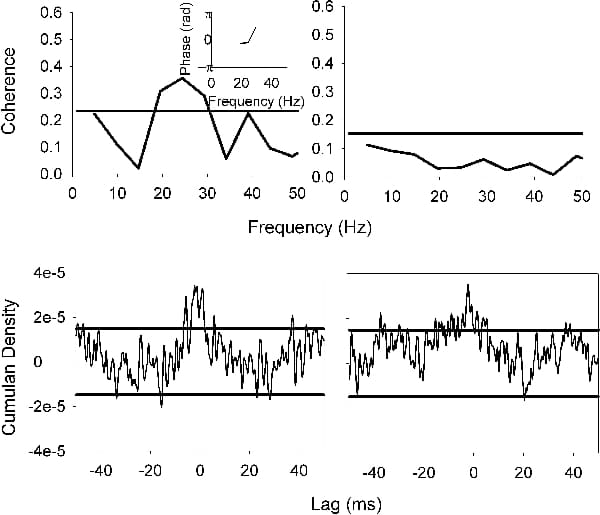The integration of speech production within ongoing postural tasks requires children to learn to coordinate multiple motor programs. In early development speech is achieved at the cost of maintained posture. Later in normal development, speech and posture can occur simultaneously without noticeable impact to either skill. In this study we examined the integration of the motor control pathways involved in this dual task in normally developing children. Surface EMG was recorded on the right side of the body from the intercostals, rectus abdominis, obliques, lower erector spinae, and latissimus dorsi muscle groups. Three adults and 18 individual children from 4-10 years of age were studied. The trials included sitting with upright posture-no speech, upright posture-normal speech, and upright posture-loud speech. Temporal and spectral analyses of the EMG data revealed differences in muscle activation patterns across all three conditions and with development. Younger children showed a less refined amplitude modulation to produce loud speech than older children and adults. Temporal examination of muscle firing patterns revealed a lack of synchronization in motor unit firing (a broad peak in the cross-correlogram; Fig. 1B & Table 1), presumably required for efficient speech production, in the younger children compared to the adults. Interestingly, these same young subjects also showed a higher level of common motor cortical drive (β-band inter-muscular coherence; Gerloff et al. 2006; Halliday & Rosenberg, 1999) to the muscles during the loud speech task. Adults did not show this common motor cortical drive during this task (see Fig.1 for examples and Table 1 for quantification). Changes in amplitude modulation and coherence are indicative of an evolution of control processes for the integration of posture, respiration, and speech. The changes in firing patterns suggest a refinement of the implementation of these control processes. We hypothesize that as children mature they learn a more efficient method of producing loud speech involving an increased utilization of distributed motor control pathways and an enhanced spatio-temporal relationship between synergistic muscle groups. Children with neurodevelopmental disorders, such as cerebral palsy, may not exhibit this pattern of maturation.
University College London 2006 (2006) Proc Physiol Soc 3, C73
Oral Communications: Maturation of motor control pathways involved in coordination of speech and posture
Jonathan A Norton1, Joanna Clair3, Leila Homaeian4, Carol Boliek2
1. Centre for Neuroscience & Department of Biomedical Engineering, University of Alberta, Edmonton, AB, Canada. 2. Speech Pathology and Audiology, University of Alberta, Edmonton, AB, Canada. 3. Centre for Neuroscience, University of Alberta, Edmonton, AB, Canada. 4. Department of Electrical and Computer Engineering, University of Alberta, Edmonton, AB, Canada.
View other abstracts by:
Figure 1
Table 1. Changes in neurophysiological parameters of speech and posture with age
Where applicable, experiments conform with Society ethical requirements.


